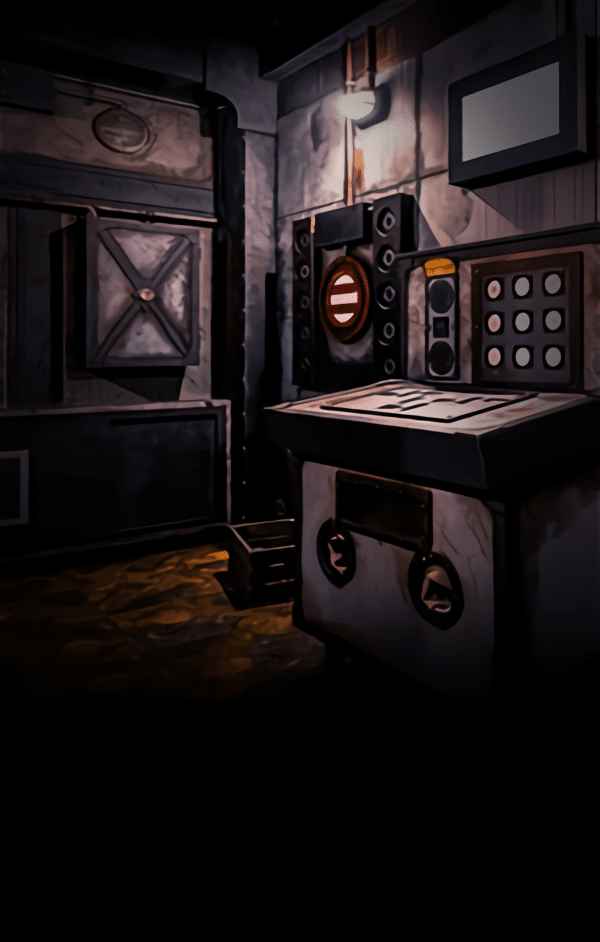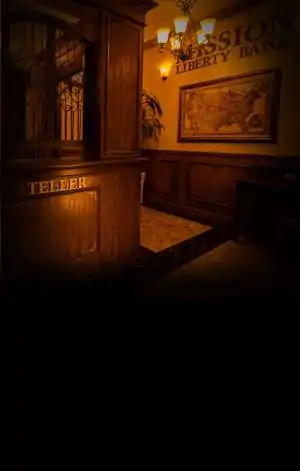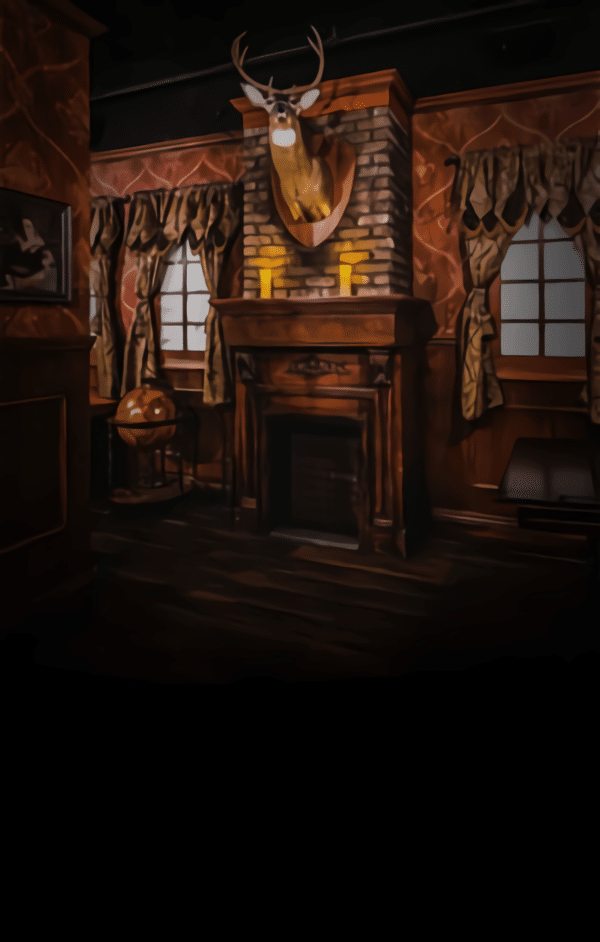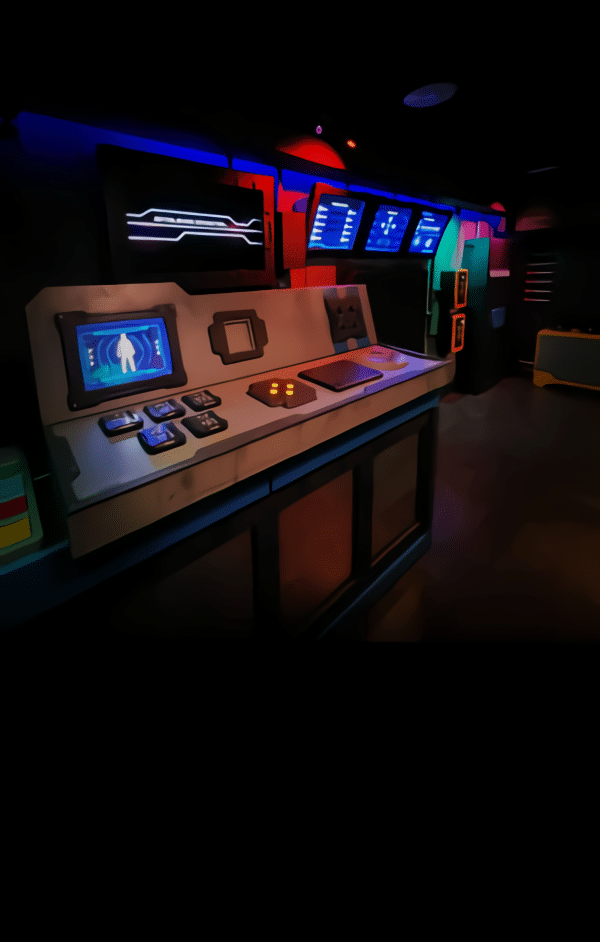Understanding Escape Room Difficulty Levels
When looking into an escape room in Manhattan, one of the first things many participants wonder is whether rooms vary in difficulty. The answer is yes, they do. Escape rooms are designed to appeal to a wide range of players, from complete beginners to seasoned enthusiasts who crave challenging puzzles. Difficulty levels are typically determined by the complexity of the puzzles, the depth of the storyline, the time constraints, and the level of teamwork required. By offering different tiers of difficulty, escape room venues ensure that everyone—families, corporate groups, or adventure-seeking friends—can find a challenge suited to their skills.
How Difficulty Levels Are Determined
Escape rooms usually set their difficulty by measuring puzzle complexity, clue interconnections, and the number of steps required to reach the final solution. For instance, a beginner-friendly room might have more linear gameplay with clear clues leading from one step to the next. In contrast, an advanced room could involve layered puzzles requiring players to solve multiple challenges simultaneously. Other factors, such as the inclusion of red herrings or multiple possible solutions, can also raise the challenge level. In Manhattan, the diversity of escape rooms means that players can test themselves at varying degrees of intensity.
The Role of Storylines in Difficulty
Storylines play a big role in how challenging an escape room feels. A simple plot may offer straightforward puzzles with obvious objectives, while immersive and detailed story-driven rooms often weave clues into the environment more subtly. For example, themes like dystopian futures, mysterious disappearances, or science-fiction adventures may demand heightened observation and interpretation. In Manhattan, storylines such as End of Days A, End of Days B, Hydeout, and Carbon: 3708 are structured with varying levels of challenge to suit different player preferences.
Team Size and Its Effect on Difficulty
The number of participants can also influence how hard a room feels. A larger team may breeze through puzzles due to the diversity of ideas and faster collaboration, while a smaller group might find the same room more difficult. Escape room in Manhattan venues account for this dynamic by designing puzzles that adapt well to both small and large groups. Some rooms are specifically optimized for two to four players, making them more intense, while others accommodate six or more, balancing puzzle load across the team.
Beginner-Friendly Rooms
For those who are new to escape games, beginner-friendly rooms focus on straightforward clues, clear objectives, and immersive environments without overwhelming participants. These rooms allow newcomers to experience the excitement of solving puzzles while still feeling confident in their abilities. In Manhattan, beginner-level rooms are often chosen by families with children, tourists looking for entertainment, or groups who want a lighter but still engaging challenge.
Advanced-Level Rooms
Advanced escape rooms are designed to push even experienced players to their limits. These rooms often feature complex puzzle chains, fewer hints, and immersive environments that hide solutions in plain sight. Players must employ logical reasoning, teamwork, and time management to succeed. For example, science-fiction themed rooms like Carbon: 3708 are known for intricate challenges that demand persistence and ingenuity.
The Importance of Replay Value
Different difficulty levels also enhance the replay value of an escape room in Manhattan. Players who succeed at beginner or intermediate rooms often return to test themselves in more advanced scenarios. Additionally, some venues offer variations of the same storyline with altered puzzles, creating an experience that feels new while keeping the familiar setting intact. This approach ensures players continue to challenge themselves without the experience becoming predictable.
Tips for Choosing the Right Difficulty Level
When selecting a room, it’s important to assess the skill level and experience of the group. Beginners might benefit from starting with an easier challenge before progressing to harder ones. Groups with mixed experience levels should consider intermediate rooms that balance accessibility with challenge. Advanced players seeking maximum intensity can dive into the hardest rooms offered. Escape rooms in Manhattan often provide difficulty ratings on their websites, making it easier to match the game to the group’s needs.
Why Difficulty Variety Matters
The availability of multiple difficulty levels ensures that escape rooms cater to a diverse audience. A tourist visiting New York City might be looking for lighthearted fun, while local enthusiasts may crave a brain-bending challenge. Offering such variety means everyone can participate, regardless of experience or age. This inclusivity has made the escape room in Manhattan scene one of the most popular and dynamic in the country.
Conclusion
Escape room in Manhattan venues provide a range of difficulty levels designed to cater to everyone, from first-time players to seasoned puzzle enthusiasts. By offering beginner-friendly challenges, immersive intermediate experiences, and advanced-level brainteasers, these rooms guarantee engaging gameplay that matches the skills of each group. This thoughtful design ensures that no matter your background, you can find a game that entertains, challenges, and excites.
Frequently Asked Questions
Q: Do escape room in Manhattan offer different difficulty levels for different rooms?
A: Yes, escape rooms in Manhattan provide a range of difficulty levels to suit beginners, intermediates, and advanced players, ensuring an experience tailored to each group’s abilities.
Q: How do I know which difficulty level is right for my group?
A: Consider the experience level of your group members. Beginners may want to start with simpler rooms, while experienced players can take on advanced challenges.
Q: Are there beginner-friendly escape room in Manhattan?
A: Absolutely. Many venues offer rooms designed with newcomers in mind, featuring straightforward clues and clear objectives.
Q: What makes an escape room more difficult?
A: Factors include complex puzzle structures, subtle clues, immersive storylines, fewer hints, and the need for advanced teamwork and problem-solving skills.
Q: Can the same escape room feel harder or easier depending on team size?
A: Yes, team size plays a big role. Smaller teams may find challenges more intense, while larger teams can solve puzzles faster with combined skills.









